Middlewood Hospital is a former psychiatric hospital situated in between the suburbs of Middlewood and Wadsley in the north-west of the City of Sheffield, England. It was also known as the South Yorkshire Asylum (1872–1888), the West Riding Asylum, Wadsley (1889– 1929) and Wadsley Mental Hospital (1930–1948). It was one of four hospitals that made up The West Riding General Asylums Committee.
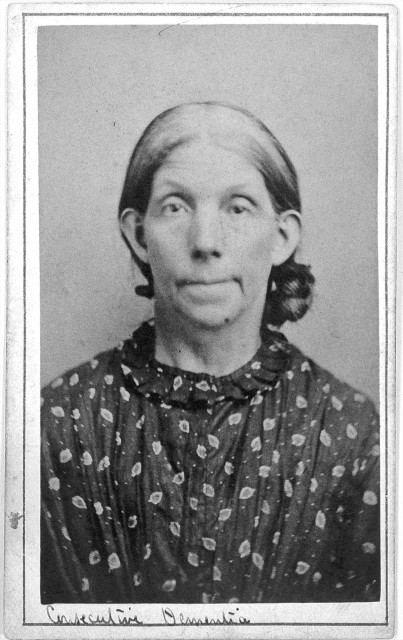
Credit: Wellcome Library, London. Wellcome Images
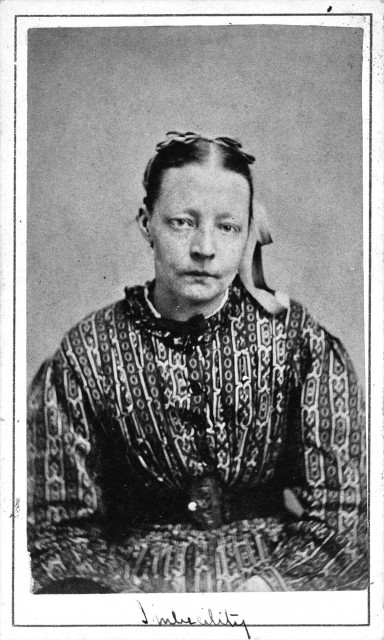
Credit: Wellcome Library, London. Wellcome
In 1866, the West Riding County Asylum at Wakefield had 1,130 beds and was suffering from overcrowding, having trebled in size in the previous 25 years. It was decided by the Hospital Committee to assign a subcommittee to find a suitable site in South Yorkshire for a second asylum. The site committee which was chaired by Lord Wharncliffe (later to become the Earl of Wharncliffe) reported that the only suitable site was at Wadsley Park, 3.5 miles north-west of the centre of Sheffield, this was an area of open farmland which had previously been part of the Wharncliffe Estate. The site was approved and Government consent to purchase the land was granted in March 1867.
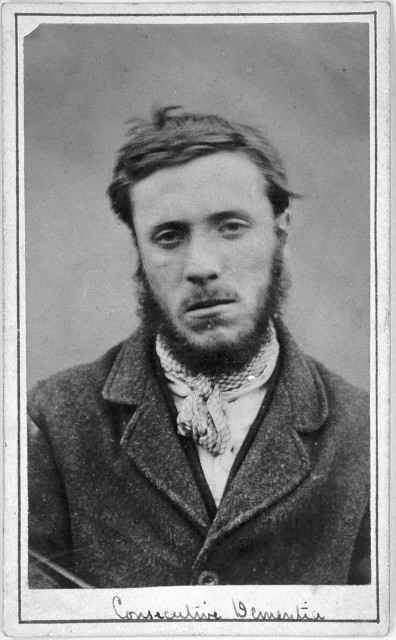
Credit: Wellcome Library, London.
Work on levelling the land on the sloping site took place in 1868 and building commenced on the construction of the South Yorkshire Asylum in the summer of 1869 with the architectural plans being mainly drawn up by Bernard Hartley, the West Riding surveyor from 1868 to 1884. The initial plan was for the hospital to have 400 beds, this was quickly upgraded to 630 by the Home Secretary and then again to 750 in the final plans. The asylum was declared open on 21st of August 1872 with the official opening ceremony taking place on the 7th September of that year. The construction of the hospital church was completed in 1875 at a cost of £6,000. In 1893, a nurses’ home was built on site at a cost of £6,000, prior to this, the resident nurses were accommodated in single rooms close to the wards. Further building work and the demand for admission meant that by 1903 the hospital had 1,711 patients.
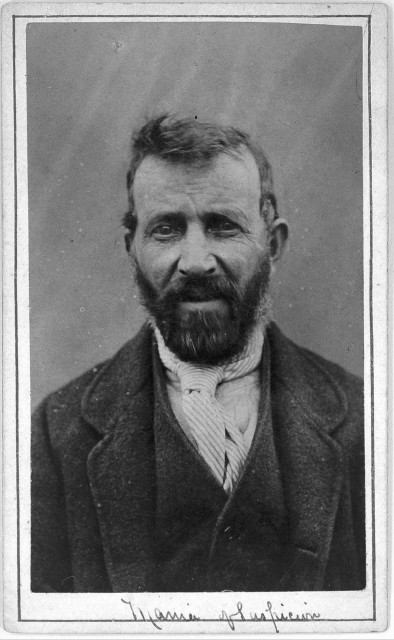
Credit: Wellcome Library, London.
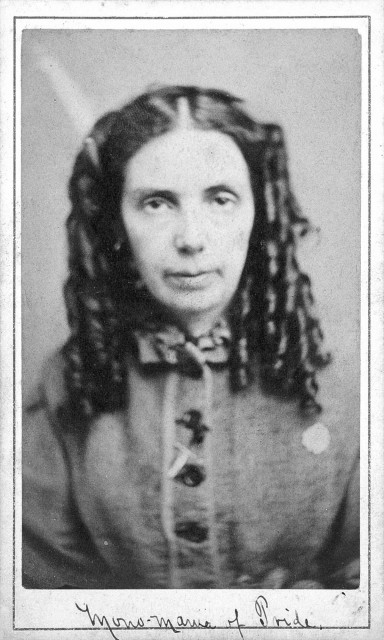
Credit: Wellcome Library, London. Wellcome Images
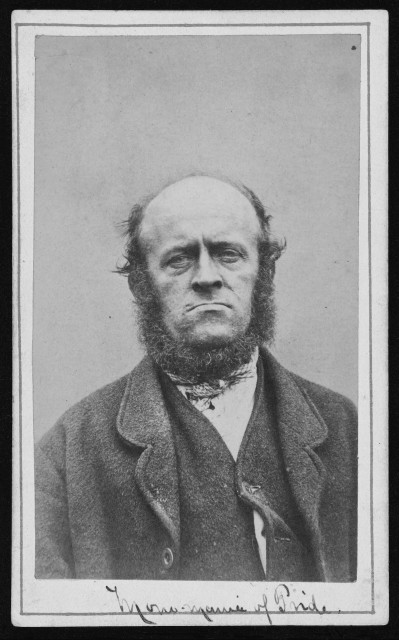
Credit: Wellcome Library, London. Wellcome Images
During World War I the hospital became the Wharncliffe War Hospital with all mental patients sent to other hospitals across the north of England in March 1915 and 1,500 beds then being made available to the War Office for the treatment of sick and wounded soldiers. King George V toured the War Hospital in September 1915 during a visit to Sheffield. The War Hospital closed in July 1920 having dealt with an estimated 35,000 casualties since April 1915 and mental patients were returned to the wards. In 1935 a new admission hospital was opened on a site close to Middlewood Road; the purpose of this unit was to receive, study and treat all newly admitted patients and effect a cure without admission to the main hospital.
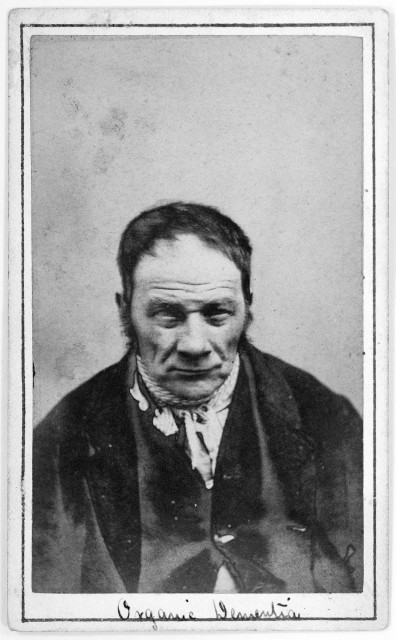
Credit: Wellcome Library, London. Wellcome Images
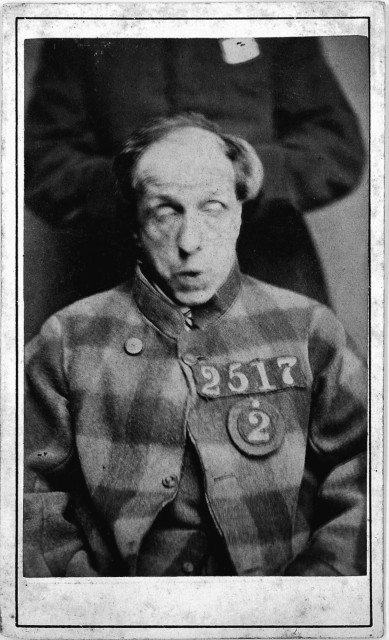
Credit: Wellcome Library, London. Wellcome Images
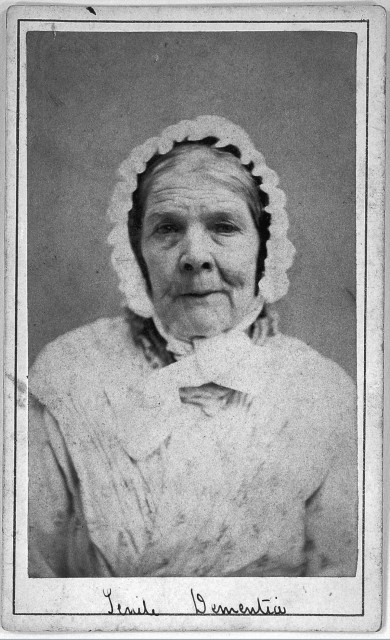
Credit: Wellcome Library, London. Wellcome Images
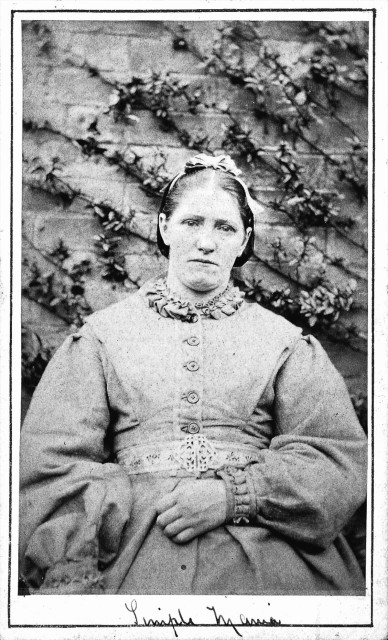
Credit: Wellcome Library, London. Wellcome Images
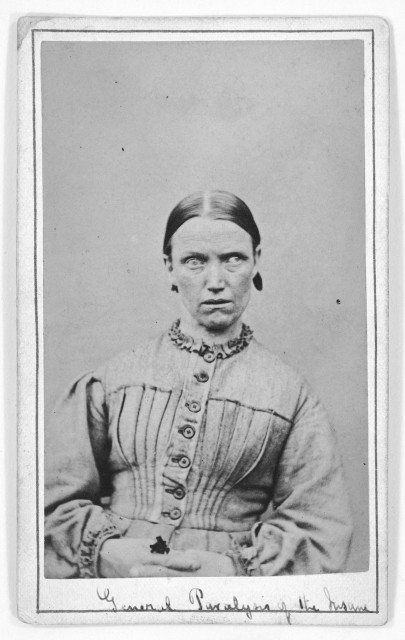
Credit: Wellcome Library, London. Wellcome Images
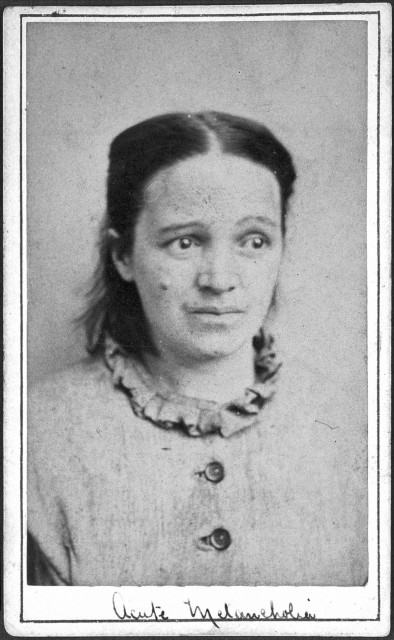
Credit: Wellcome Library, London.
The hospital was once more utilised for emergency use during World War II, with one-third of its accommodation being designated The Wharncliffe Emergency Hospital and made available to treat military casualties. This continued as a small general medical unit after the war called ‘Wharncliffe Hospital’, providing medical and surgical facilities until the mid-1970’s. Post-war developments saw the hospital integrated into the National Health Service (NHS) and renamed Middlewood Hospital. It continued to be the designated mental health accommodation for South Yorkshire with over 2,000 beds
